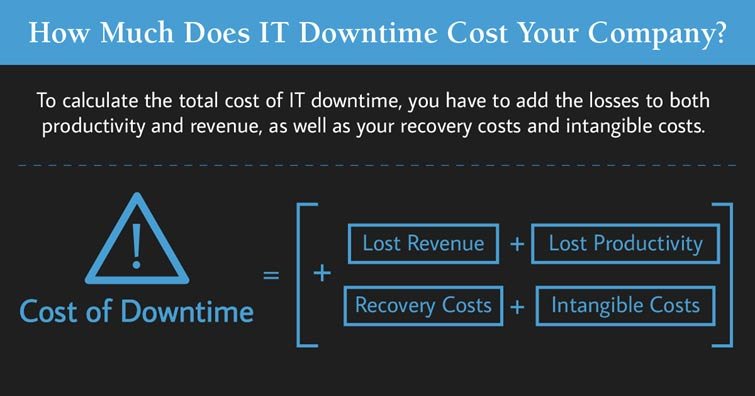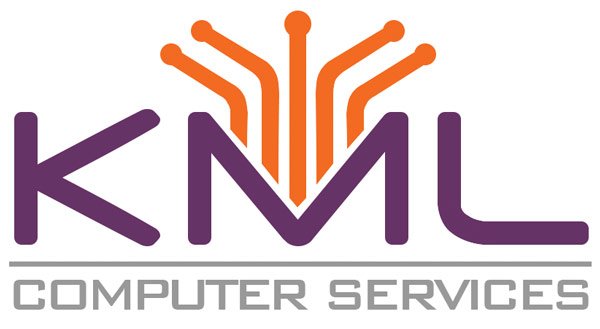
Downtime May Be Costing You More Than You Think
There are three primary causes of network downtime and all of them are avoidable. To avoid or fix the amount of downtime in your company, you must understand the root cause. Is it one of The Big Three:
- Human error
- Software or hardware issues
- Security issues
Human Error
The most common errors include failing to update software, installing the incorrect software, or unplugging the equipment. Yes, this happens and is the first question we ask our clients when we do a remote troubleshooting call. Most employees never mean to cause harm but, in their haste, to do their job or lack of understanding of the technology they are using, mistakes happen. With the move to more remote working, this is becoming a bigger issue for many companies.
Equipment Failure
There are so many software programs that send frequent updates that often an update in one program can render it incompatible with another program if the updates are not aligned. Another issue is that hardware can literally melt down, usually caused by outdated technology or older equipment. Equipment should be placed in a cooler area with ventilation, and power sources should be surge-protected to avoid interruptions.
Lack of Cybersecurity
Yes, you should be afraid of the word cybersecurity as it poses issues bigger than just downtime. If you do not have the proper cybersecurity in place, you are at risk of phishing, viruses, malware, and ransomware. Employees can unknowingly download and spread viruses that are not detected until it is too late. If you are not carefully monitoring your network and systems, a hacker could remain in your network undetected for days and the longer a criminal spends in your network, the more damage they can cause.
What Can You Do to Reduce Network Downtime?
Professional Equipment Maintenance and Lifecycle Management
Technology is like a car – maintenance and prevention can extend the life and make it run smoother. The best way to prevent equipment failure is to take extra care when selecting, handling, and replacing your hardware and software. Purchase quality equipment and keep it well-maintained so it will perform its best and your organization can operate efficiently. At the same time, regularly review your inventory of equipment and replace older tech before it slows down your operations or breaks, resulting in unplanned downtime. Before purchasing new equipment, check with an IT professional to make sure it is suitable for your business today, and in the future. Not all equipment is created equal, just like cars – investing in quality and professional advice can avoid issues down the road.
Enhance Your Cybersecurity
Anti-virus and anti-malware software is just the starting point. Choose a quality protection product and ensure that you have a protocol to ensure the software is up-to-date and running smoothly.
Consider data encryption to guard against hackers gaining access to your information. Networks require continuous monitoring to proactively identify potential problems before they cause damage. Finally, frequent data backups and implementing redundancy will help to ensure you do not lose critical information.
Employee Training
Everyone at your organization should know how to operate the technology they use in their jobs. Not only will this reduce equipment failures, but also it should improve productivity and efficiency.
They should also understand cybersecurity basics, including creating strong passwords, keeping antivirus and anti-malware software up to date, and knowing how to spot phishing, ransomware, or other cyberattacks.
Prevent Downtime with Professional IT Support
If you’re concerned about the cost of network downtime, seek assistance from an IT professional. KML Computer Services does not charge for a no-obligation consultation and security risk assessment. As business owners ourselves, we understand the costs of downtime and how to reduce it. Contact us today to get started.
Mark Rossi is president of KML Computer Services. Since 1996 he has been immersed in the technology field, working in various positions, from hardware technician and network manager to network engineer and IT consultant.

